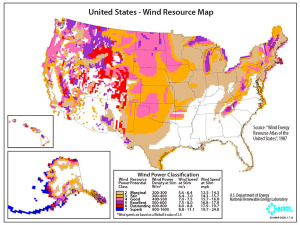WIND UPLIFT IS A SERIOUS PROBLEM IN MANY REGIONS. IS YOUR ROOF READY?
If you live in a region of high wind uplift risk, you need to make sure any materials you use to replace your flat roof are capable of withstanding high wind speeds. Some areas are more susceptible to high winds than others, so those areas obviously need materials more capable of resisting wind uplift. Let’s look at some common roofing materials and their ability to resist wind uplift.
Metal

Metal roofs are one of the better roofing systems when it comes to resisting wind uplift. According to FEMA, metal roofs have been seen to withstand winds up to 170 MPH, so long as they are installed properly. The key for metal roofs that FEMA stresses in their bulletin is to reinforce the roof with more clips and fasteners if you are in a region known to have high wind speeds.
Single-Ply
When it comes to wind resistance, single-ply roofs are not the strongest roofing material available. Because they typically have a large number of seams in the system, there are numerous points of failure for the roof. These seams are generally where the roof comes up from the deck when winds hit.
As with metal roofs, the closer together the fasteners are placed in the system, the stronger it will be, but the fasteners are often the first point of failure in the roofing system. If poor fasteners are used, damage from wind is almost guaranteed on the roof.
Sprayed Polyurethane Foam
Also known as SPF, sprayed polyurethane foam is the best flat roofing material available with regards to wind uplift resistance. The material adheres extremely well to the roof deck, and the monolithic membrane has no seams where wind can “catch on” and lift the roof. As long as the roof deck is sturdy and sealed off, SPF roofs survive nearly every storm they face.
Restoration Coatings
Similar to SPF, restoration coatings perform extremely well in high winds because they adhere directly to the roof surface with no seams. This strong adhesion coupled with no points of failure means coatings are rarely torn from the roof. Of course, if the roof deck or roofing material that was coated is not capable of withstanding wind uplift, the coatings don’t add any structural strength. The coatings only forbid wind from pulling up on the roof if they completely seal off the roofing material.
Conclusion
There are several roofing materials available to building owners that are located in high wind uplift areas. Before you make flat roof replacement decisions, consult a professional regarding the risk of wind uplift in your area, and then factor that risk into your decision.